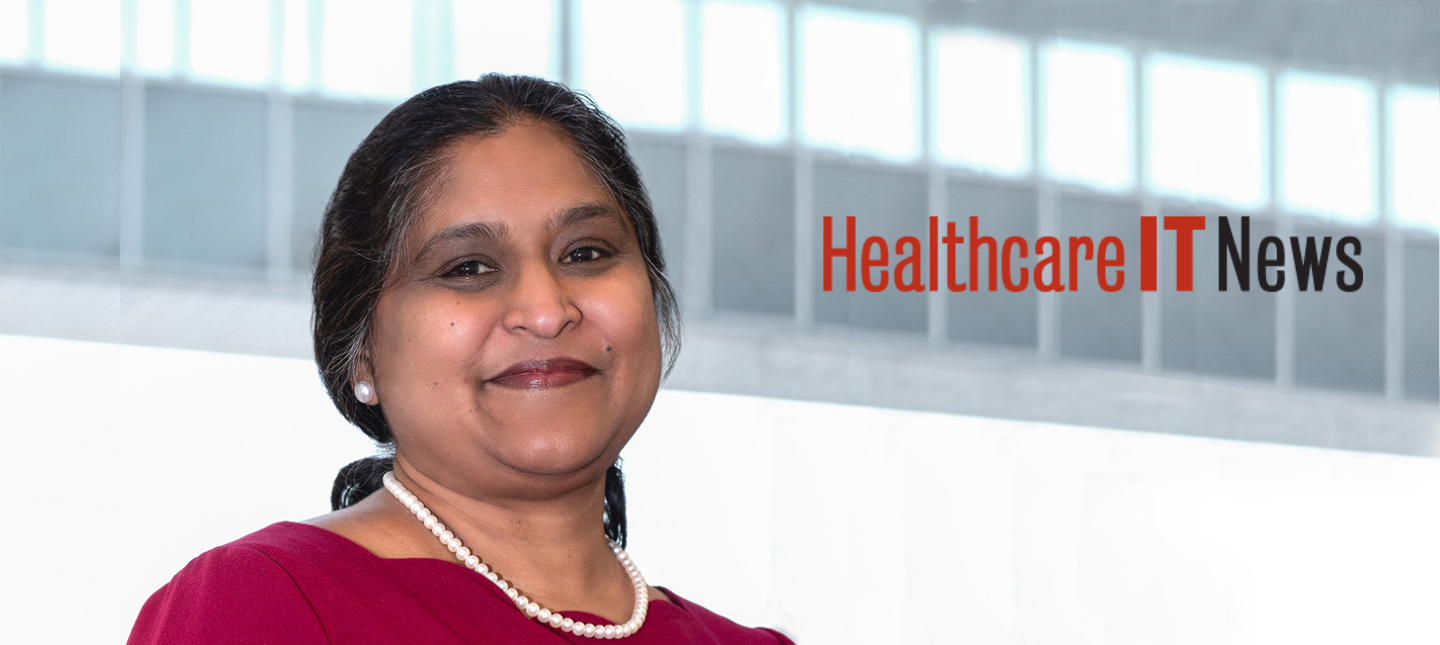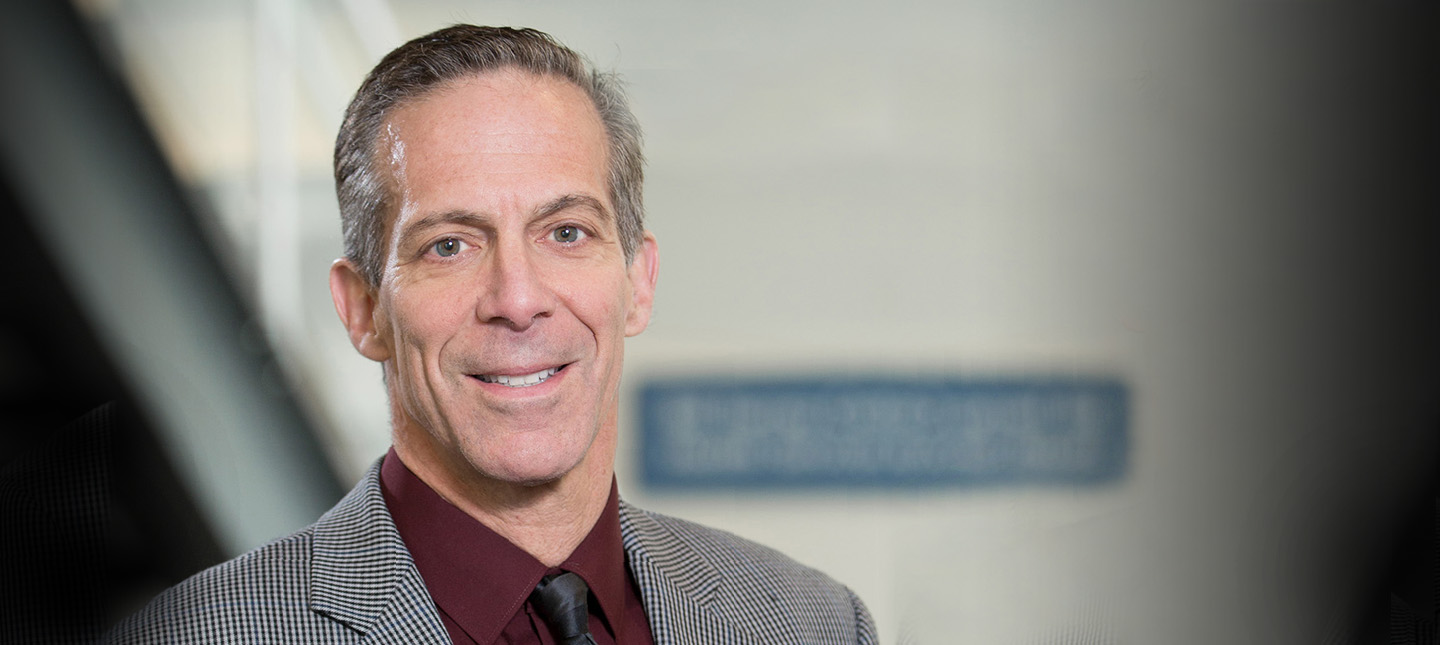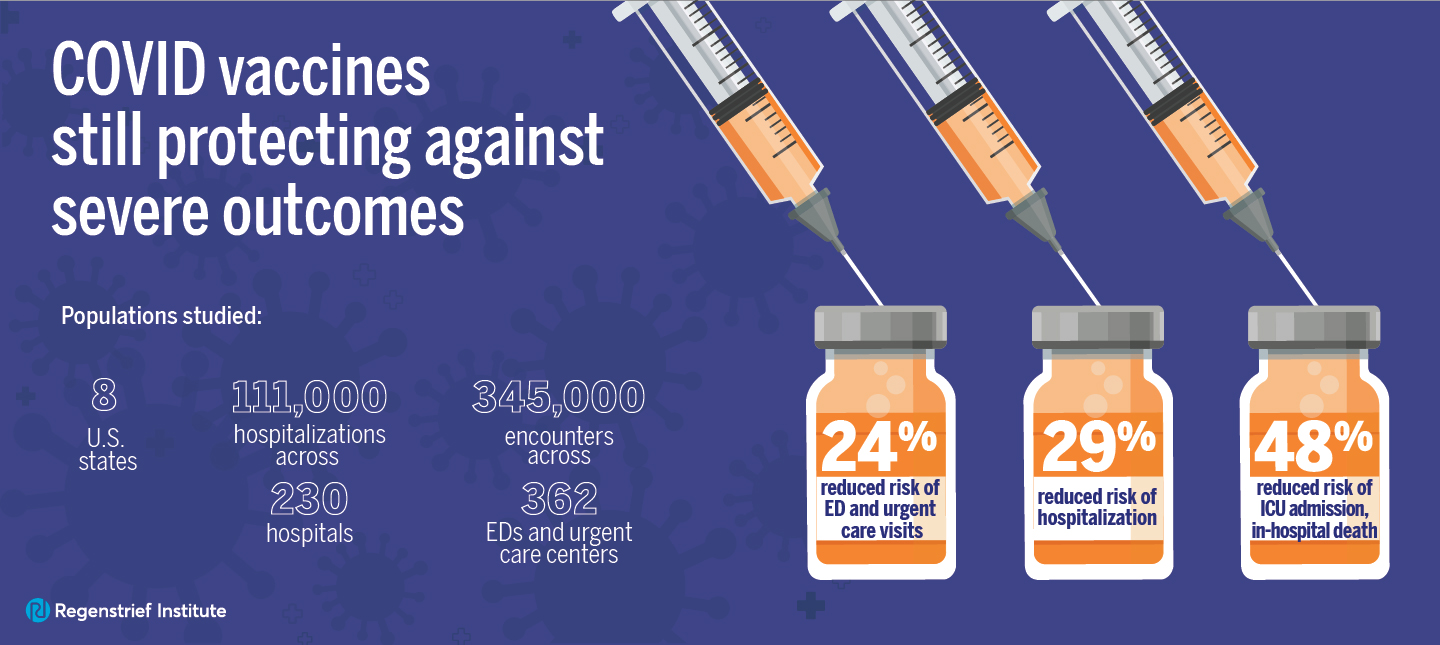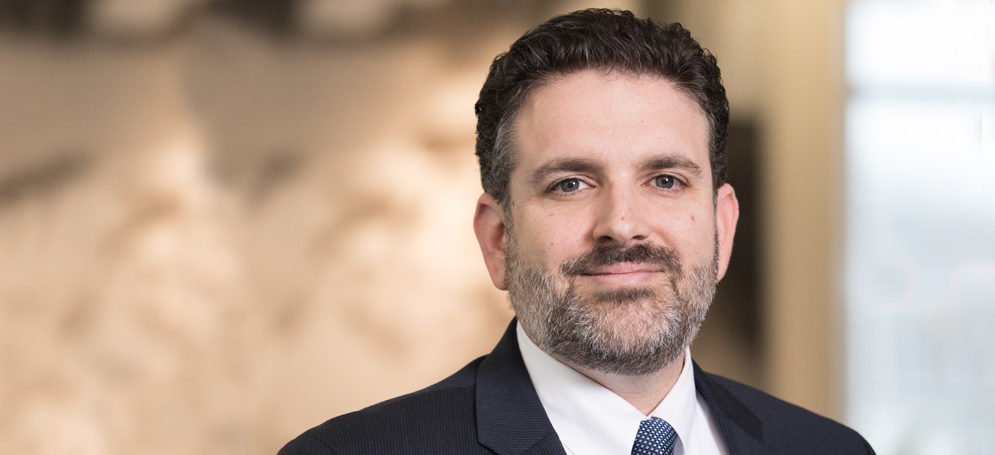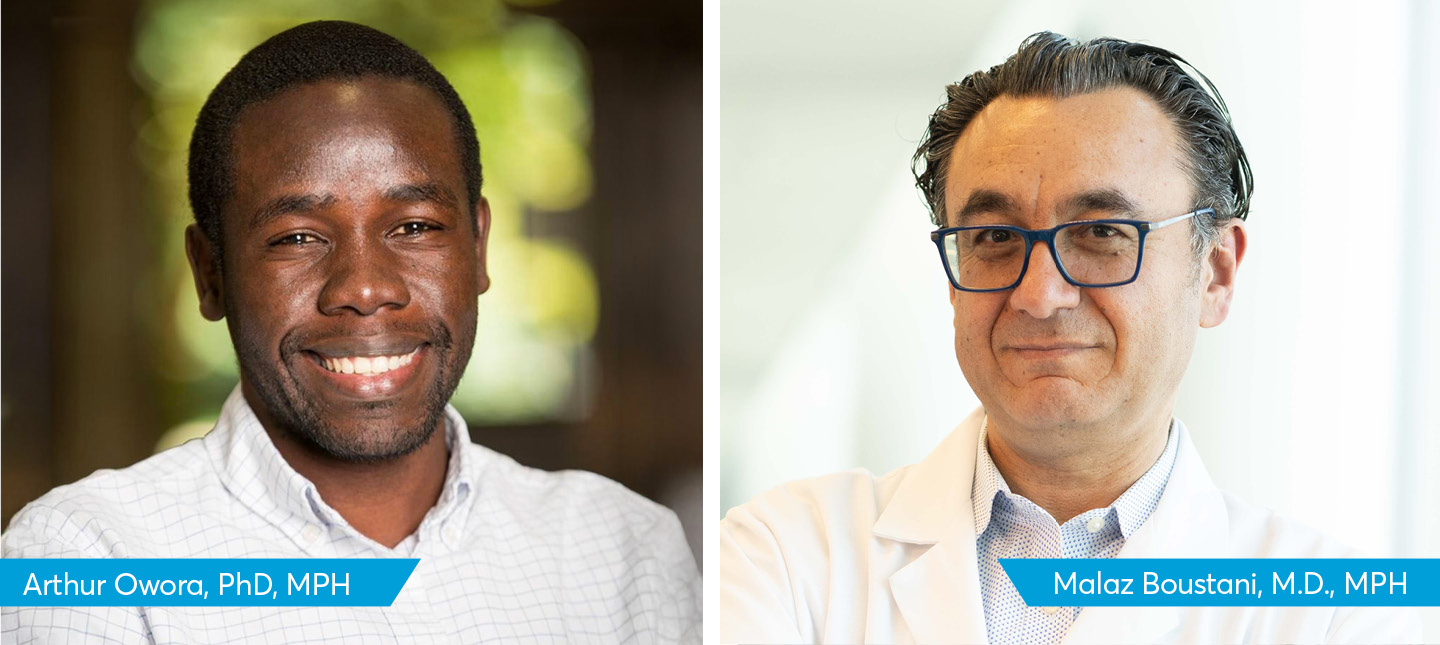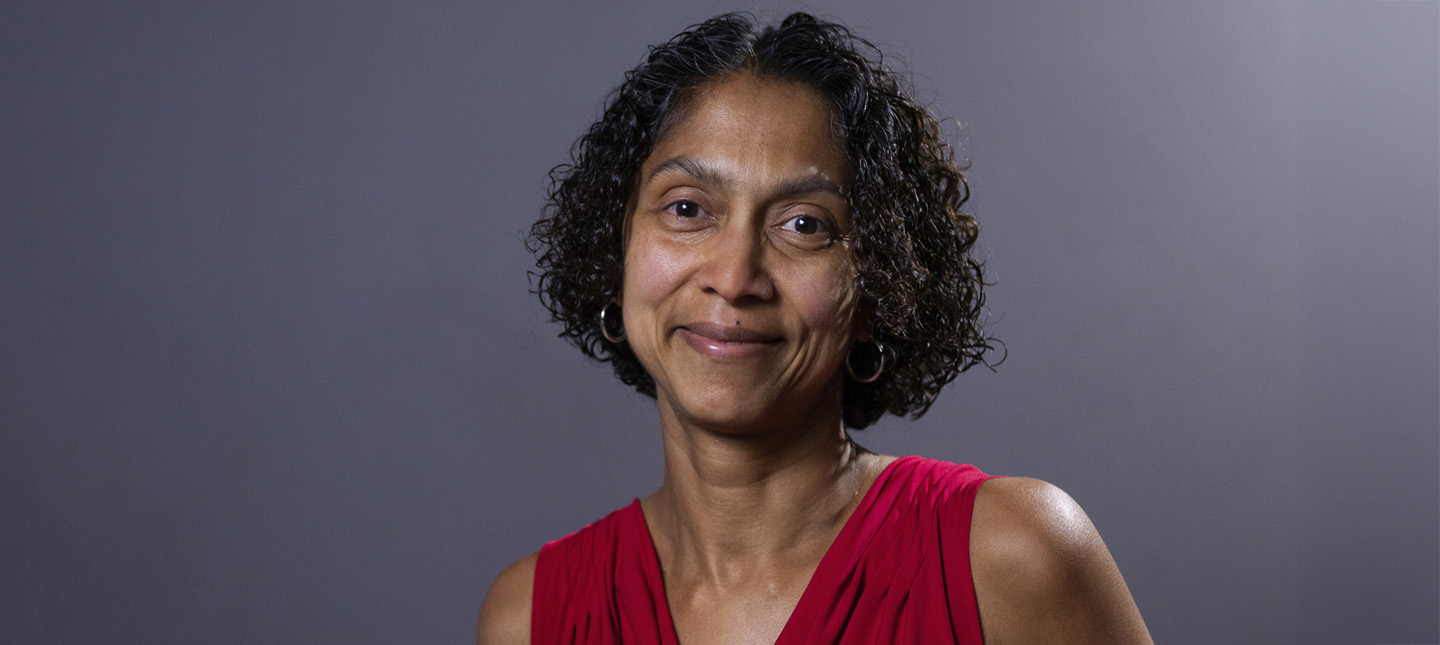It will soon be my second anniversary as the president and chief executive officer of Regenstrief Institute. Anniversaries are good opportunities to review our past and talk about the future.
One of the aspects I find interesting is how similar this part of our institute’s journey is to that of our founder and namesake, successful Hoosier businessman and innovator, Sam Regenstrief. On taking over ownership of his company, Sam could see even greater potential, and engaged in a variety of “re-” projects — re-tooling, re-shaping, re-aligning. All were needed to grow and position his company for greater success. In this way, his work mirrors some of the work we are engaged in to launch new initiatives that build upon the strong foundation of the institute and take it in new and exciting directions.
The other interesting parallel is the number three. Sam had three buildings. The institute has three centers. There are three vice president positions.
Among other challenges, Sam had to take the three separate buildings that had previously fabricated other products and convert them to the dishwasher manufacturing process, transitioning them under one roof to improve workflow.
After addressing a few components of the institute’s progress, we’ll return to Sam and his predicament.
Like Sam and his three buildings, the institute has three centers — health services research, biomedical informatics and aging research. One of the primary goals over the past two years has been to operationalize and better integrate the three centers, recognizing we can accomplish more as one — One Regenstrief.
A big push in this initiative is expanding the resources available to faculty and creating and implementing a process to better recruit, develop and retain our talent pool. A continuation is to harness the impressive achievements of the institute, including bringing innovations and discoveries to health care settings for the most strategic and viable impact. A key component is the hiring of three vice presidents — faculty development, business development and research.
The VP for faculty development hire has been completed. We are fortunate to have a proven leader, Dr. Aaron Carroll, join our leadership. Here is the announcement: https://www.regenstrief.org/article/carroll-named-vp-faculty-development/.
The remaining vice presidential searches, including the VP for business development and the VP for research, are moving along and will add to our capabilities. For instance, the VP for research position will create and enable programs that foster the expansion of high-quality research activities across the enterprise and grow the institute’s funded research portfolio. It’s an integral component to continue and expand Regenstrief’s resources and excellence.
We want the institute to be able to improve health across any cohort, population, or disease while seamlessly applying our research strengths in informatics, health services research, aging research and our newest focus in implementation science. By doing so, we aim to positively influence the health care system through improved ideation, discovery, and implementation of evidence-based solutions. The institute continues its engagement in many pertinent issues, including the opioid crisis here in Indiana and across the nation.
Sam’s and Regenstrief Institute’s Solutions
So back to Sam and his three buildings. When faced with his dilemma, Sam realized that a new location was unaffordable and inefficient. It was also not an option to shut down production while a new plant was being built on the current site.
So what was Sam’s solution to combine the three separate buildings that needed to come under one roof and provide room for future growth? He collaborated with an architect to build a single structure over the existing three buildings, continued the manufacturing process during construction, then tore down the now interior buildings without slowing production. The result was one company under one roof, with all employees working together in a better environment.
In essence, Sam’s solution was our solution; a metaphorical predecessor to our own One Regenstrief initiative. The overarching goal is to provide our highly valued and expert Regenstrief staff and research scientists with support for additional agility, development, collaboration, and a stable, cross-functional atmosphere required for today’s work environment. For the institute, that means continuing to develop leadership, provide resources, ask key questions, implement metrics to measure progress, pursue important research paths, and implement evidence-based solutions. By doing so, and continuing to pursue opportunities for growth, we will help strengthen the institute’s future while positively impacting health care with the audacious goal of eliminating disease and helping people everywhere realize true health.
We are building on the strengths of our past as we look to having even more impact in the future.
